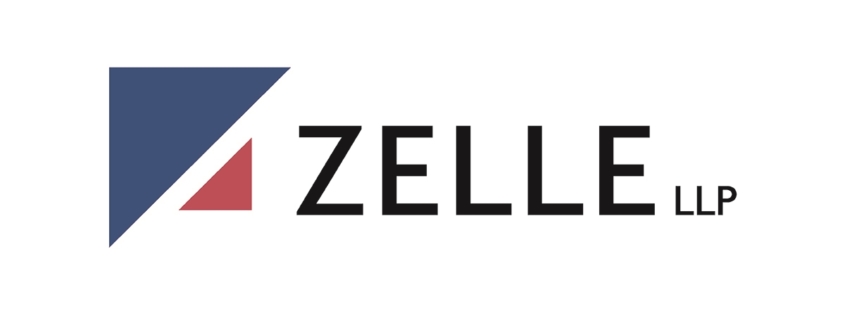Pelicans, Hawks win play-in games to reach NBA playoffs
LOS ANGELES (AP) — Brandon Ingram scored 30 points and the New Orleans Pelicans overcame a 13-point deficit in the fourth quarter to beat the depleted Los Angeles Clippers 105-101 in a play-in Friday night and earn the No. 8 seed in the Western Conference playoffs.
CJ McCollum added 19 points for New Orleans, which will play No. 1 seed Phoenix in the first round. Game 1 is Sunday in the desert.
The Pelicans made the playoffs for the first time since 2017-18, guided by first-year coach Willie Green, a former Clipper. They’ve been without Zion Williamson all season because of a foot injury.
The Clippers were dealt a huge blow earlier in the day when Paul George entered the league’s health and safety protocols. They’d already been without Kawhi Leonard all season while he rehabbed an ACL injury. He watched from the bench early in the game.
Marcus Morris and Reggie Jackson each had 27 points for the Clippers.
HAWKS 107, CAVALIERS 101
CLEVELAND (AP) — Trae Young scored 32 of his 38 points in the second half and Atlanta overcame the loss of center Clint Capela to a knee injury to beat Cleveland for the Eastern Conference’s No. 8 playoff seed.
Bogdan Bogdanovic added 19 points for Atlanta. The Hawks will play No. 1 seed Miami in the first round. Game 1 is Sunday in South Florida.
Young scored 16 points in third quarter to rally the Hawks from a 10-point halftime deficit, and added another 16 in the fourth to finish off the Cavaliers.
Capela hyperextended his right knee late in the first half. The 6-foot-10 center will have an MRI exam in Miami.
Lauri Markkanen scored 26 points for Cleveland. Darius Garland added 21.
Copyright
© 2022 . All rights reserved. This website is not intended for users located within the European Economic Area.



